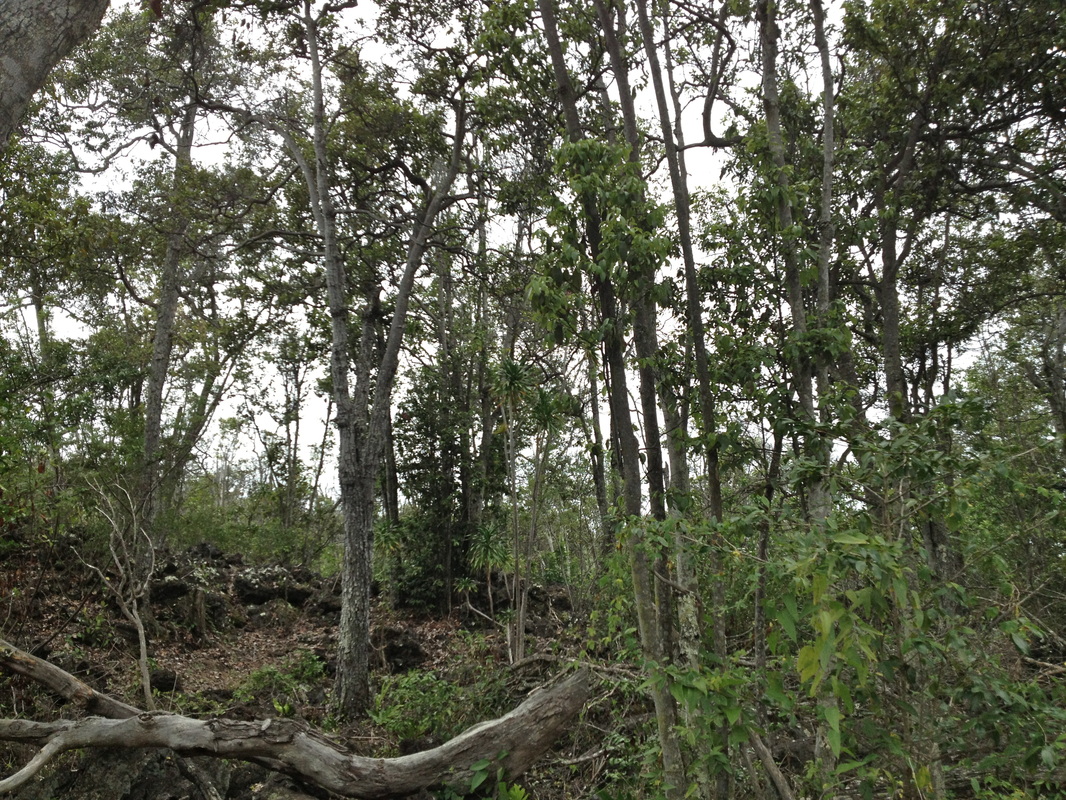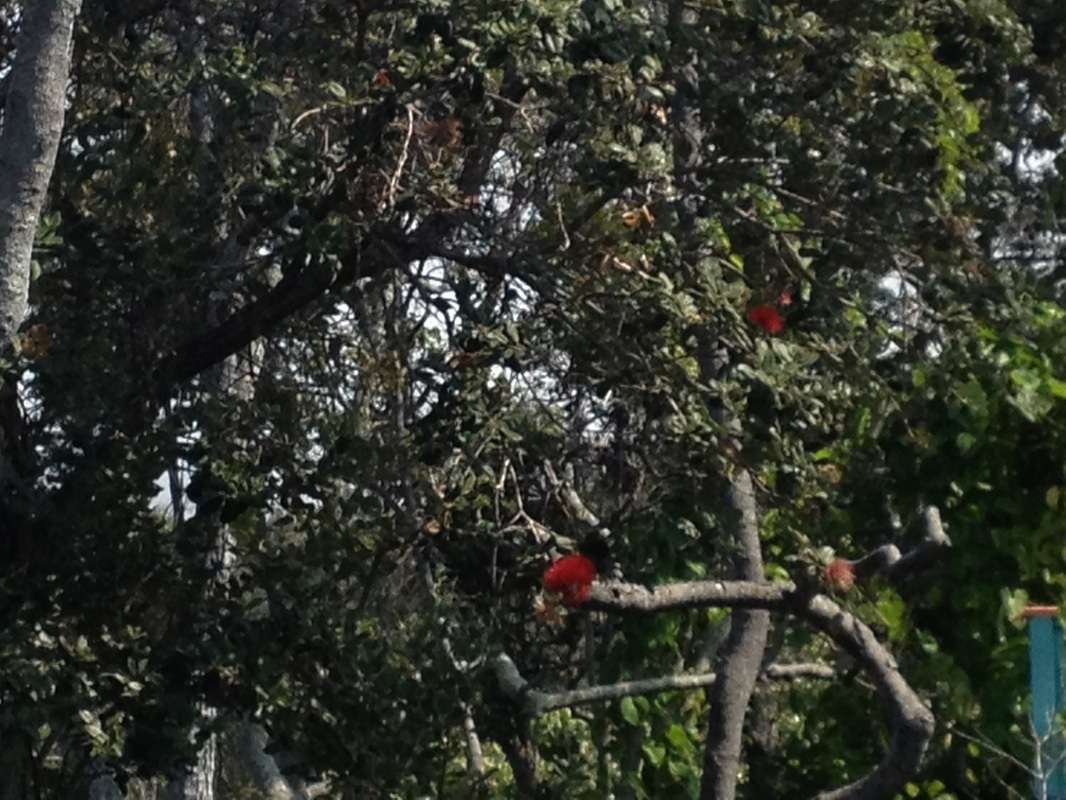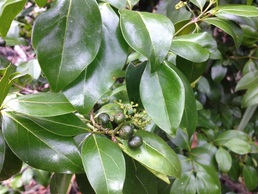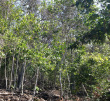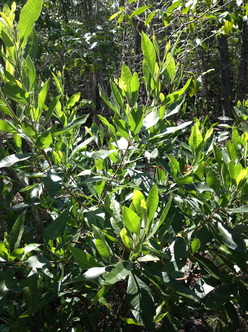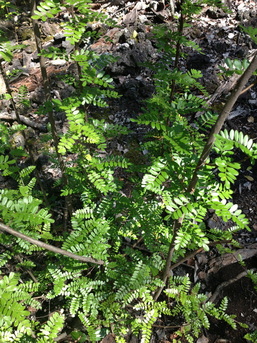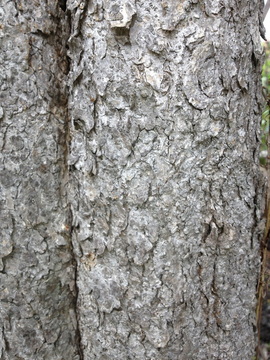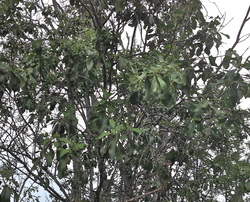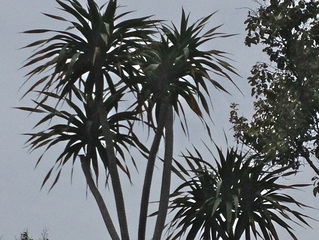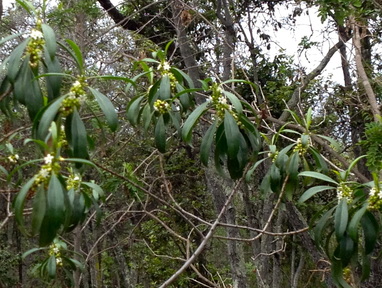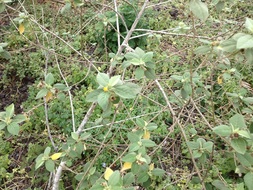Living on a Sustainable Farm and Rare Native Hawaiian Mesic Forest Sanctuary for 13 years on the "Big Island" of Hawaii, has been a huge inspiration.
In the Forest there are many Old Growth Rare Hawaiian trees including Federally Listed Endangered species.
In the Forest there are many Old Growth Rare Hawaiian trees including Federally Listed Endangered species.
Hawaiian Lowland Mesic Forest

Rare Old Growth Native Hawaiian Tree Sanctuary, full of endemic and indigenous Hawaiian Trees, Plants, and Critters.
We are considered a Lama/Ohia LowLand Mesic Forest. VAlUE OF MESIC FORESTS IN HAWAII. |
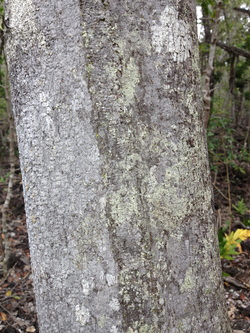
The Lama Tree is endemic, only found in Hawaii. The Lama tree represents the Goddess Laka, Goddess of Sound, Dance, Light, Health and Forest Growth. Watch this really amazing explanation on Laka. |
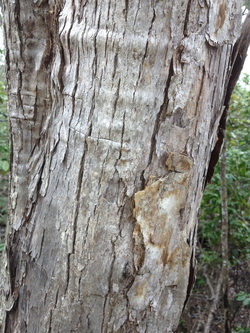
The Ohia Lehua Tree is also endemic to Hawaii. Hawaiian Legend says, Ohia was a handsome young Chief and Surfer with a beautiful Girlfriend named Lehua. Pele (the powerful Volcano Goddess) had the hots for Ohia and wanted him for herself. Because of his love for Lehua, Ohia denied Pele. Outraged Pele turned Ohia into this tree. The other Gods were upset with Pele and tried to reverse the spell, but couldn't. The best they could do was turn Lehua into the flower on the Ohia tree. Now they can be together and you are not to pick the flower because the heavens cry when they are separated.
|
More Hawaiian Trees and Plants in the forest
carefully Removing Dead trees |
increase oxygen flow & stimulate new growthExpert Arborists have been working on Akua Lani LLC for years. We've had hundreds of Christmas Berries, an incredibly Invasive Species, carefully removed and chipped. The wood chips are then turned into compost and redistributed throughout the Sanctuary. The Arborists have also been removing, trimming and hauling usable wood for art projects, from fallen and dead trees in the forest.
The Sanctuary is just coming out of an eight year drought. Making tree trimming a very important job. Trimming of dead branches to stimulate regrowth and decreasing fire hazard. We've gotten lots of wood chips for mulch , made a hut, had plenty of amazing bbqs and now. Finally starting to do Wood Working. Note in some of the photos to the left there is orange marking tape on the trees. These and only these are to be removed. |

